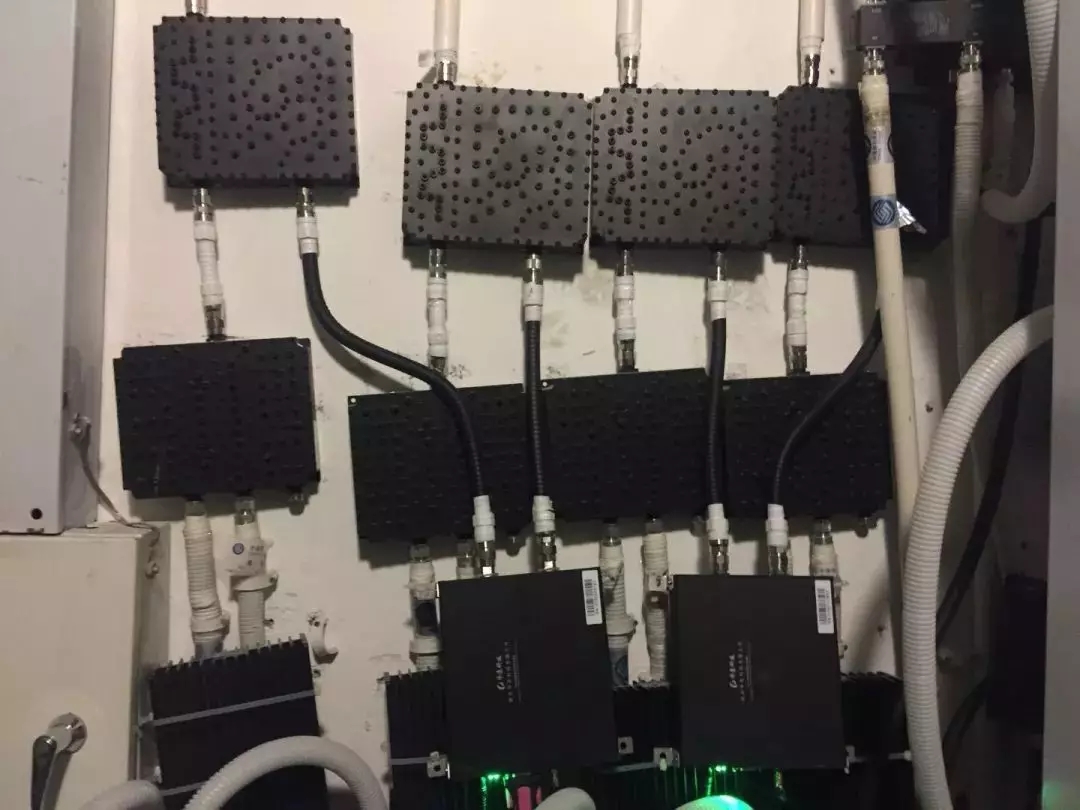Introduction
In modern wireless communication systems, multi-frequency combiners play a vital role in integrating multiple RF signals into a single transmission path. These sophisticated devices enable operators to maximize infrastructure utilization by combining signals from different frequency bands—such as 4G LTE, 5G NR, and IoT networks—while maintaining signal integrity and minimizing interference. Unlike standard combiners, multi-frequency variants are engineered to handle diverse frequency ranges simultaneously, making them essential for today’s complex network architectures.
This article explores the technology behind multi-frequency combiners, their advantages over conventional solutions, and their critical applications across telecommunications, public safety, and broadcast industries.
How Multi-Frequency Combiners Work
Multi-frequency combiners operate on the principle of frequency-selective channelization. They use advanced filter networks—including cavity filters, duplexers, and diplexers—to isolate and combine signals from multiple frequency bands without cross-interference. Key features include:
Broadband Operation: Supports combinations like 600 MHz + 2.5 GHz + 3.5 GHz in a single unit
High Isolation: Typically >30 dB between ports to prevent intermodulation distortion
Low Insertion Loss: <1.5 dB per path to preserve signal strength
Power Handling: Capable of managing 100W+ aggregate power for macro-cell deployments
These combiners leverage adaptive impedance matching and temperature-stable materials to ensure consistent performance across varying environmental conditions.
Advantages Over Conventional Combiners
Feature | Multi-Frequency Combiners | Standard Combiners |
Frequency Flexibility | Supports 2–6 bands simultaneously | Usually limited to 1–2 bands |
Interference Management | Advanced filtering for cross-band isolation | Basic isolation, prone to interference |
Deployment Scalability | Ideal for multi-operator, multi-technology sites | Suitable for single-operator setups |
Future-Proofing | Easily upgradable for new bands (e.g., C-band, mmWave) | Limited upgrade options |
Cost Efficiency | Reduces need for multiple combiners and cabling | Lower upfront cost but higher long-term overhead |
Key Applications
5G Network Densification: Combines sub-6 GHz bands (n77/n78) with legacy LTE frequencies
Public Safety Networks: Integrates VHF/UHF/700 MHz signals for emergency communications
Broadcast Infrastructure: Merges FM, DAB, and TV signals in transmission towers
In-Building Wireless (DAS): Supports multi-carrier systems in stadiums and airports
Military & Aerospace: Ensures seamless multi-band connectivity in critical missions
Technical Innovations
Recent advancements include:
AI-Driven Tuning: Automatically adjusts filter parameters based on real-time traffic
Miniaturized Designs: Compact combiners for small-cell and edge deployments
Energy-Efficient Models: Reduced power consumption via superconducting materials
Integrated Monitoring: Built-in sensors for remote diagnostics and performance tracking
Conclusion
Multi-frequency combiners are indispensable for modern wireless networks, enabling efficient spectrum utilization and reducing infrastructure complexity. As 5G deployments expand and spectrum becomes more fragmented, these combiners will continue to evolve—offering greater flexibility, higher efficiency, and smarter integration capabilities.


